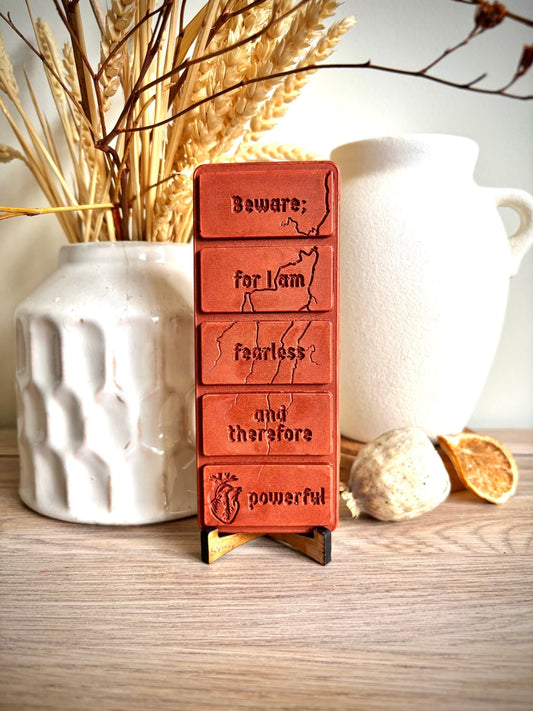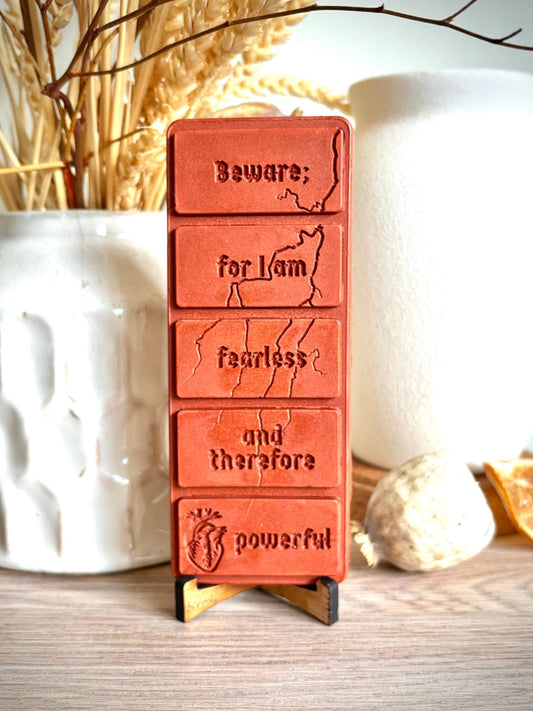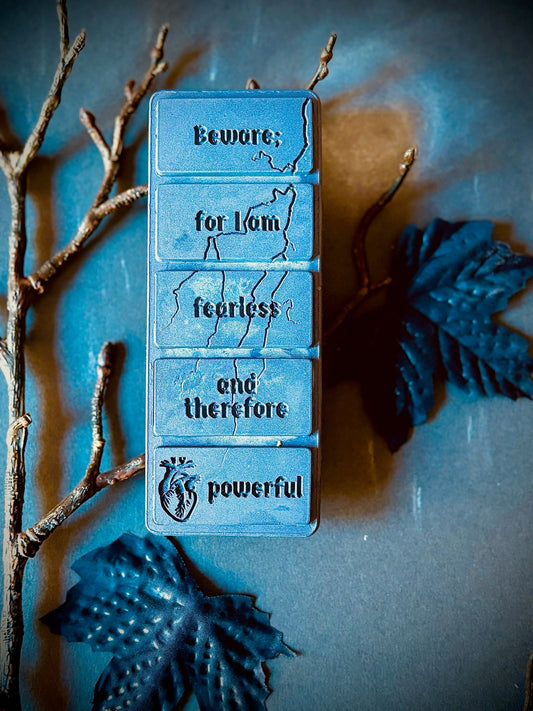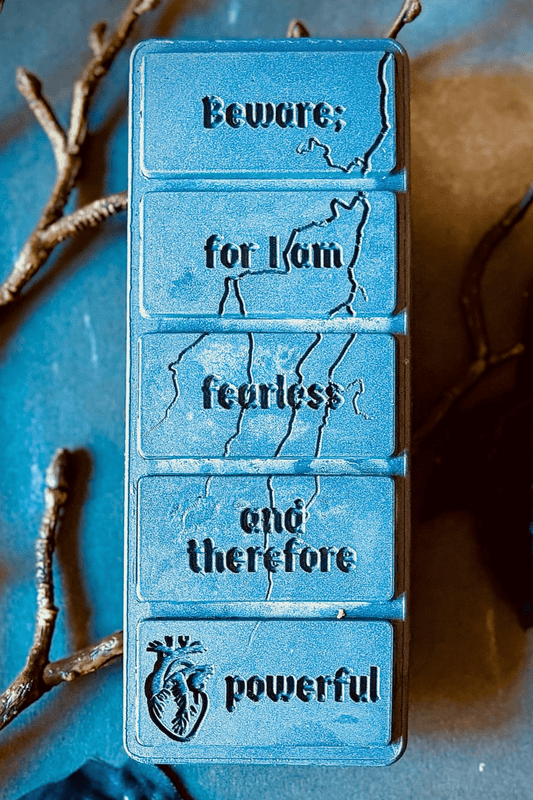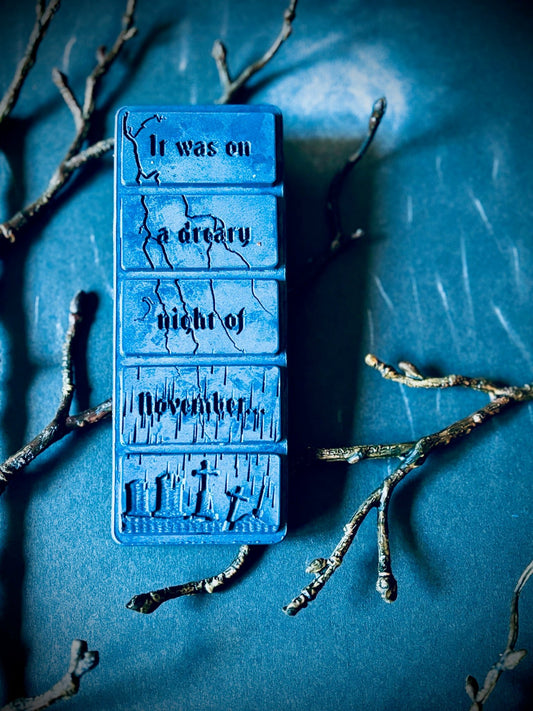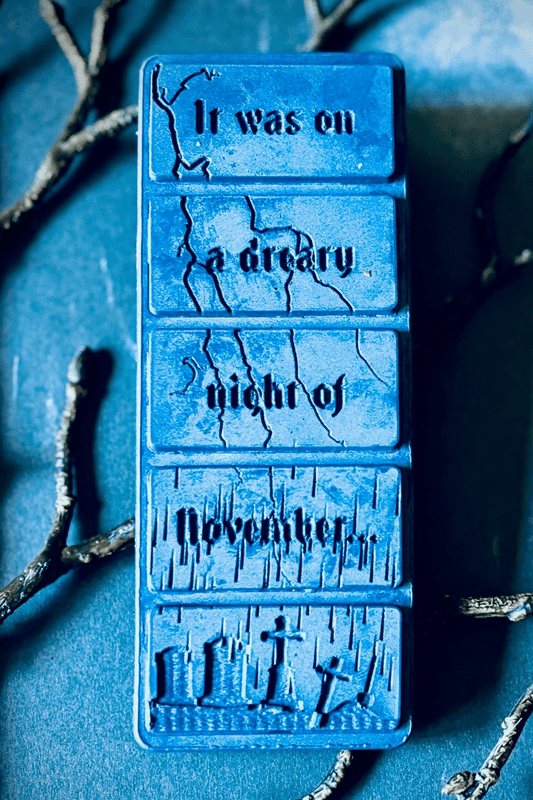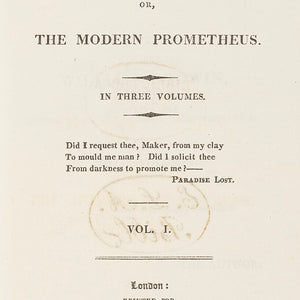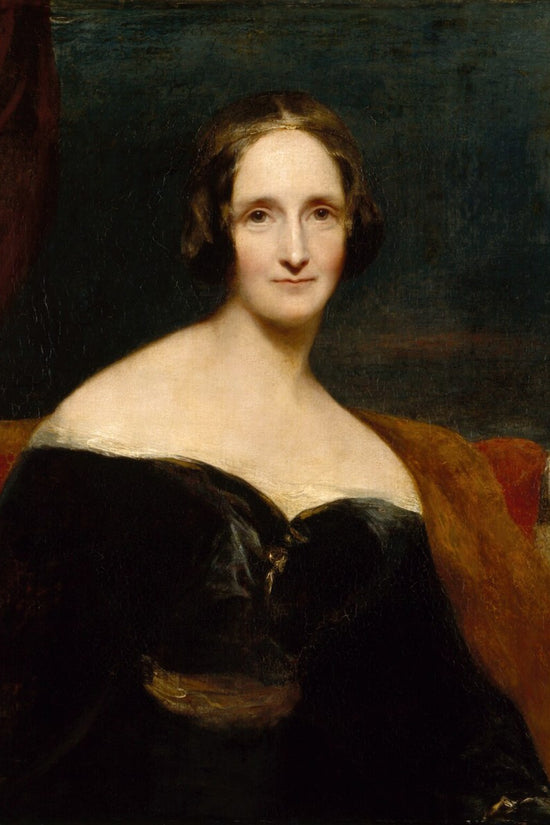
Mary Shelley, the renowned author of Frankenstein, was only 18 years old when she began writing the novel, which was first published in 1818. As the daughter of pioneering feminist Mary Wollstonecraft and philosopher William Godwin, Shelley grew up in a household that valued intellectual achievement and progressive ideas. In an era when female authors were often dismissed or overlooked, Shelley's success was groundbreaking. Frankenstein, one of the earliest science fiction masterpieces, tells the story of Victor Frankenstein, a scientist who creates a living being from body parts, only to be horrified by the creature's appearance. As the creature seeks acceptance and understanding, Shelley's novel explores deep themes of creation, responsibility, isolation, and the dangers of unchecked ambition. Her work reflects her own personal struggles with loss and grief, and her exploration of human hubris and scientific boundaries transcends the limitations placed on women in her time. As a female author, Mary Shelley not only challenged the literary conventions of her era but also left an indelible mark on literature, influencing countless adaptations and sparking timeless conversations about ethics, creation, and humanity.
Celebrate the legacy of Mary Shelley with our Frankenstein Wax Melt Collection—a gothic tribute for book lovers and fans of classic literature. Each wax melt is made from rapeseed and coconut wax and features striking Frankenstein quotes embedded in the design, perfect for adding a literary touch to any cosy reading space.
Ideal for book gifts, gothic fiction fans, and those who adore literary wax melts, this collection brings Shelley's haunting masterpiece to life in a unique, book-inspired way. A must-have for lovers of Frankenstein, literary quotes, and timeless storytelling.
